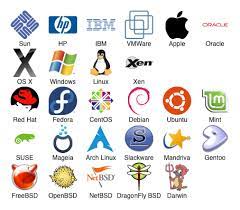Development environment, commonly referred to as a development stack or toolchain, is a set of essential tools, software, and resources used by developers to create, test, and maintain software applications. To grasp this concept better, here’s an overview of the main components of a typical development environment:
First and foremost, it’s a comprehensive software application that integrates various tools, including a code editor, debugger, and compiler, as well as build automation tools. Popular Integrated Development Environments (IDEs) include Visual Studio Code, JetBrains IntelliJ IDEA, and Eclipse.
The code editor is a fundamental tool for writing, editing, and organizing code. It often offers features such as syntax highlighting, code completion, and seamless integration with version control systems.
Build tools like Apache Maven, Gradle, or Make automate the process of compiling source code into executables or libraries.
To troubleshoot code issues, developers rely on debugging tools. These tools allow them to inspect variables, set breakpoints, and effectively trace code execution.
When ensuring code reliability, testing frameworks like JUnit for Java or pytest for Python are indispensable for writing and executing automated tests.
Database management is a critical part of development. Database Management Tools such as MySQL Workbench or pgAdmin facilitate database manipulation and SQL query execution.
To manage dependencies and libraries, Package Managers like npm (Node Package Manager) or pip (Python Package Index) are widely used.
The choice of Operating System and hardware often depends on developers’ preferences and project requirements.
Continuous Integration/Continuous Deployment (CI/CD) tools like Jenkins, Travis CI, or CircleCI automate software build, testing, and deployment, contributing to a seamless development flow.
Lastly, integrating Cloud Services like AWS, or Google Cloud can provide scalable infrastructure and services tailored to specific project needs.
